A giant iceberg that is almost the same size as Delaware and which has twice the volume of Lake Erie, just broke off from the ice shelf known as Larsen C. This information was confirmed by Project MIDAS which is a research group that specializes in icebergs and that’s been monitoring this specific ice shelf for the last few months.

While this might seem like a shocking surprise, it actually isn’t. The scientists that work for Project MIDAS have been anticipating this giant iceberg to break for a couple of years now because they had a bunch of high-resolution photos which showed them that there was a huge crack in its surface back in 2011.

As previously mentioned, this is one of the world’s biggest icebergs and therefore the entire world is buzzing about it. In terms of size, the iceberg has been measured at 2,200 square miles and it weighs around a trillion ton. This means that it’s twice the size of Luxembourg or nearly the same size as Bali.
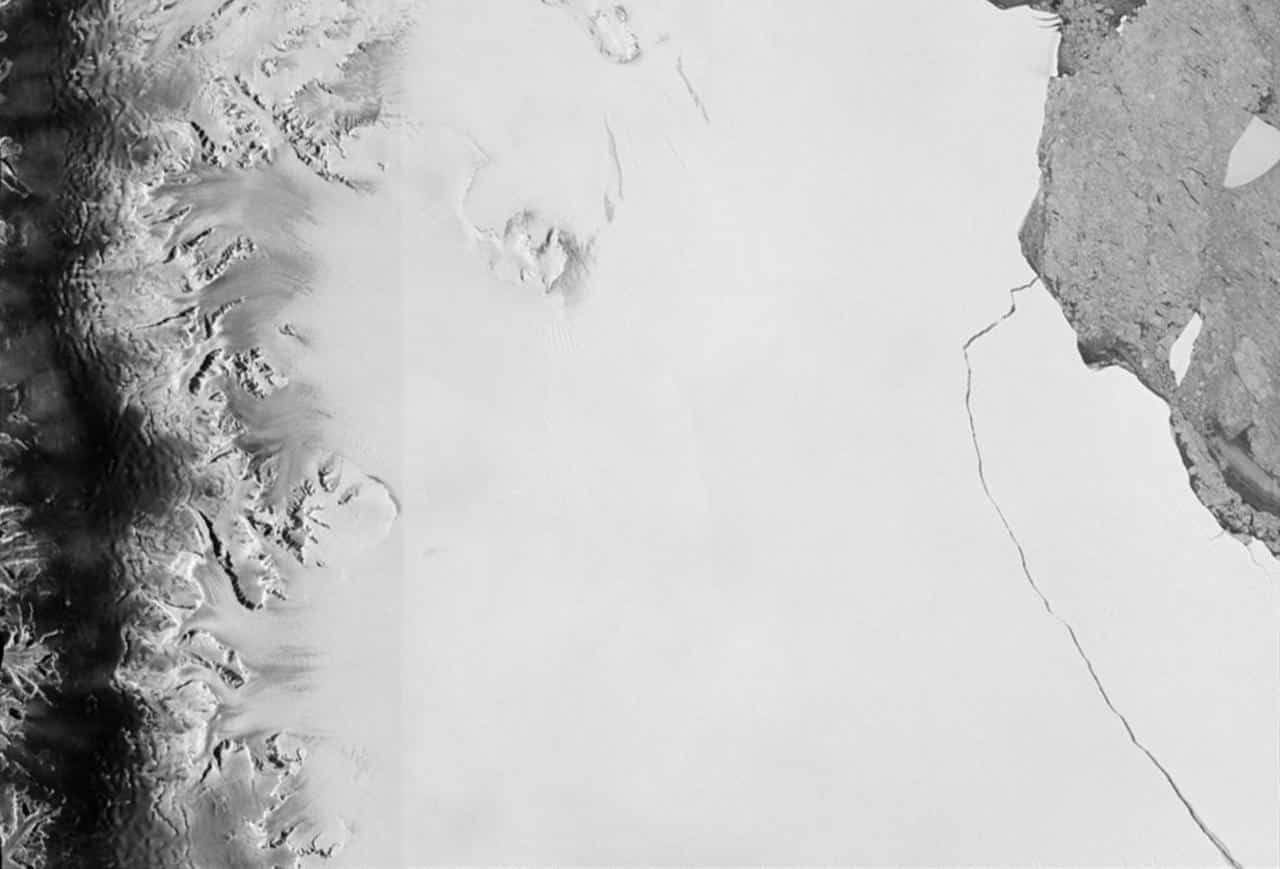
Taking into consideration the fact that this iceberg represents around 12% of Larsen C’s size, you can get an idea about how much the environment has been affected.

Researchers have confirmed that the Antarctic Peninsula and the Larsen C ice shelf are now at their lowest extent ever.

Scientists are speculating that the worst scenario that could happen now is that Larsen C will follow the same fate as its neighbor, Larsen B. Many might not know this but Larsen B was also a huge ice shelf that disintegrated back in 2002 after it was first carved in 1995.
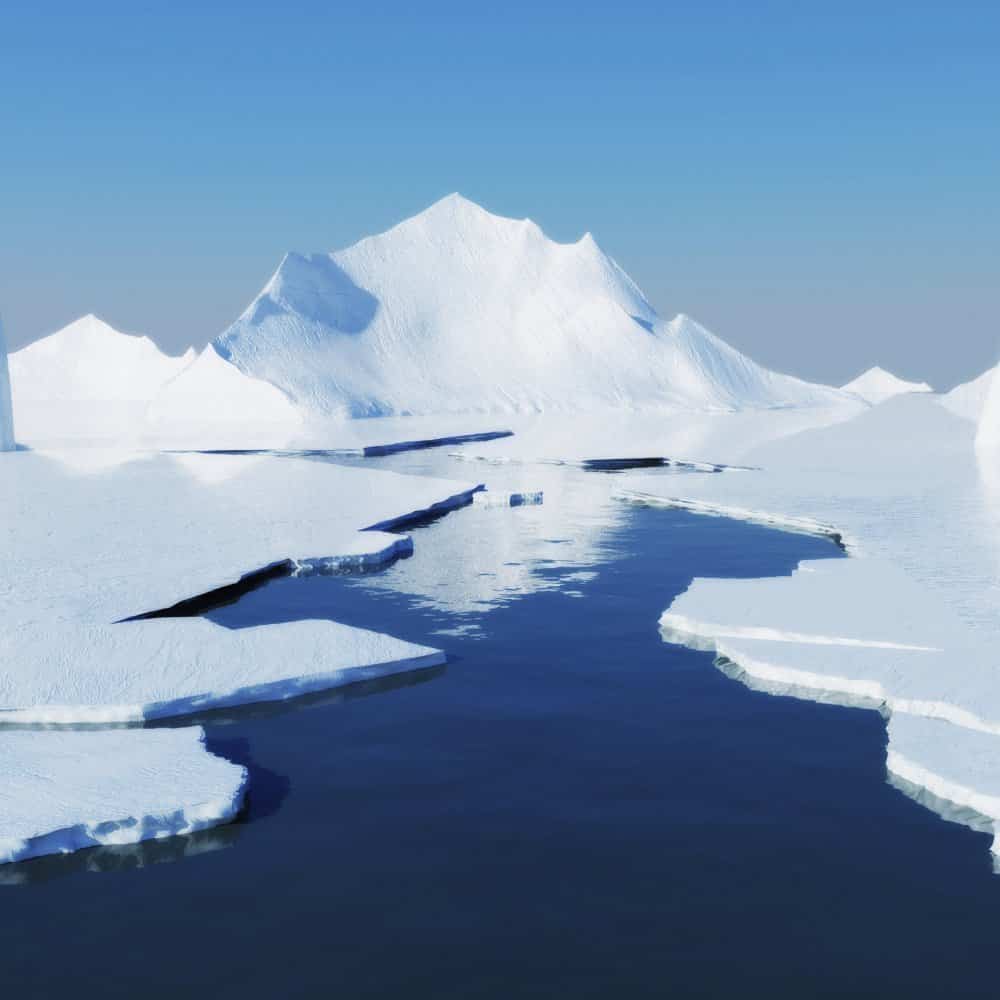
The question that remains now is what will happen to this giant iceberg and where will it go? Well, the professionals at Project MIDAS are saying that it’s not that easy to predict the iceberg’s fate. However, there are only two things that can happen. First off, it can remain in one piece and float around the Antarctic Peninsula for the decades to come. The second and more likely thing that might happen is that it will break into small fragments.
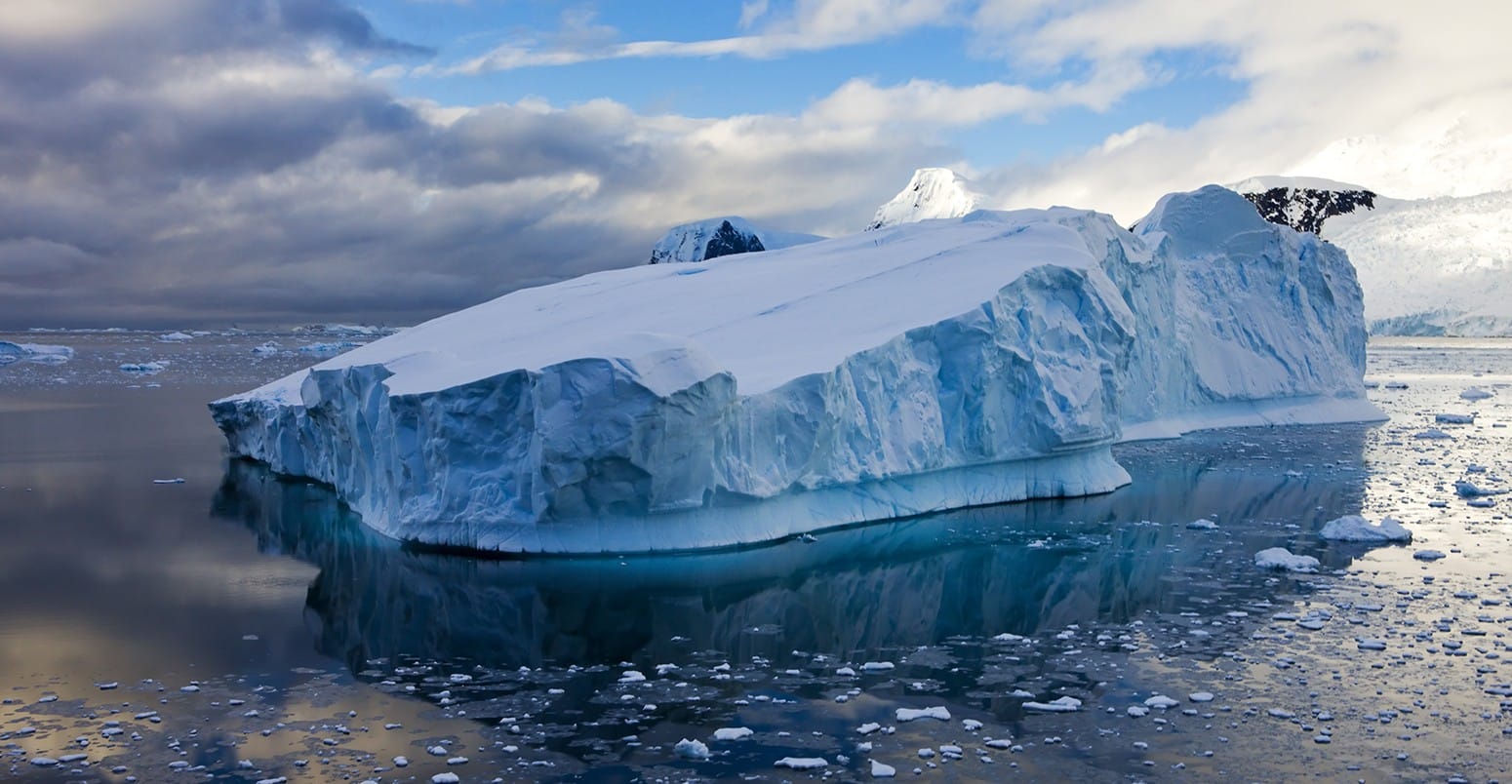
If the iceberg does break into a bunch of smaller fragments than it means it will melt in the upcoming future. However, the date when that will happen is hard to determine since the iceberg needs to float to a location with a warmer climate first.
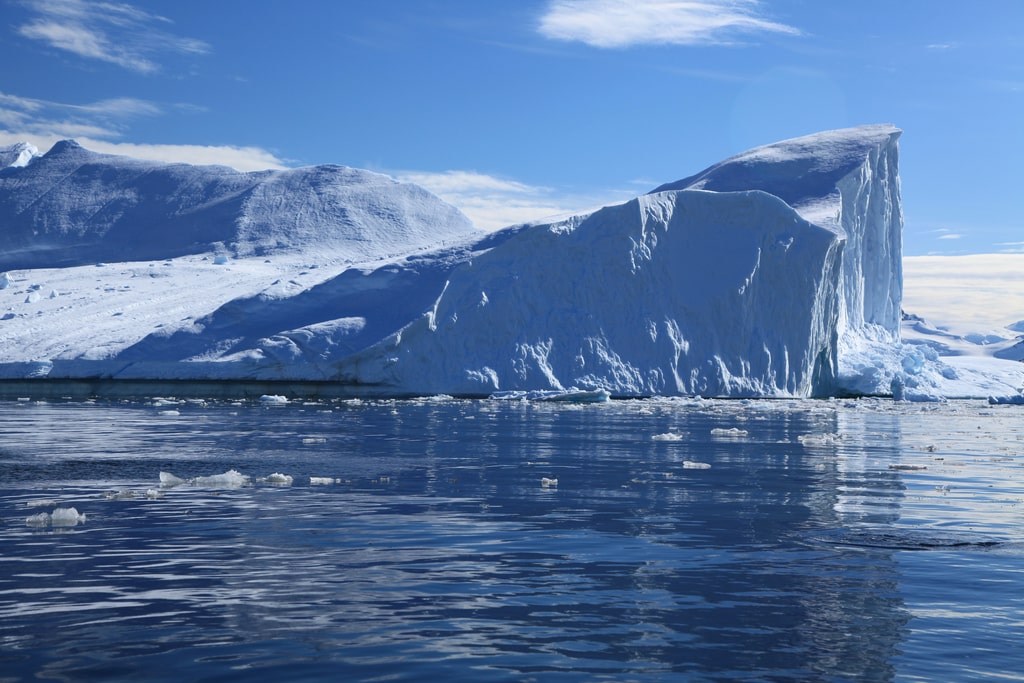
The entire world is wondering what caused this to happen and people are already starting to point their fingers at global warming. Truth be told, global warming had a hand in this but not to the extent that everyone believes. In fact, iceberg calving is a completely natural thing that happens from time to time.
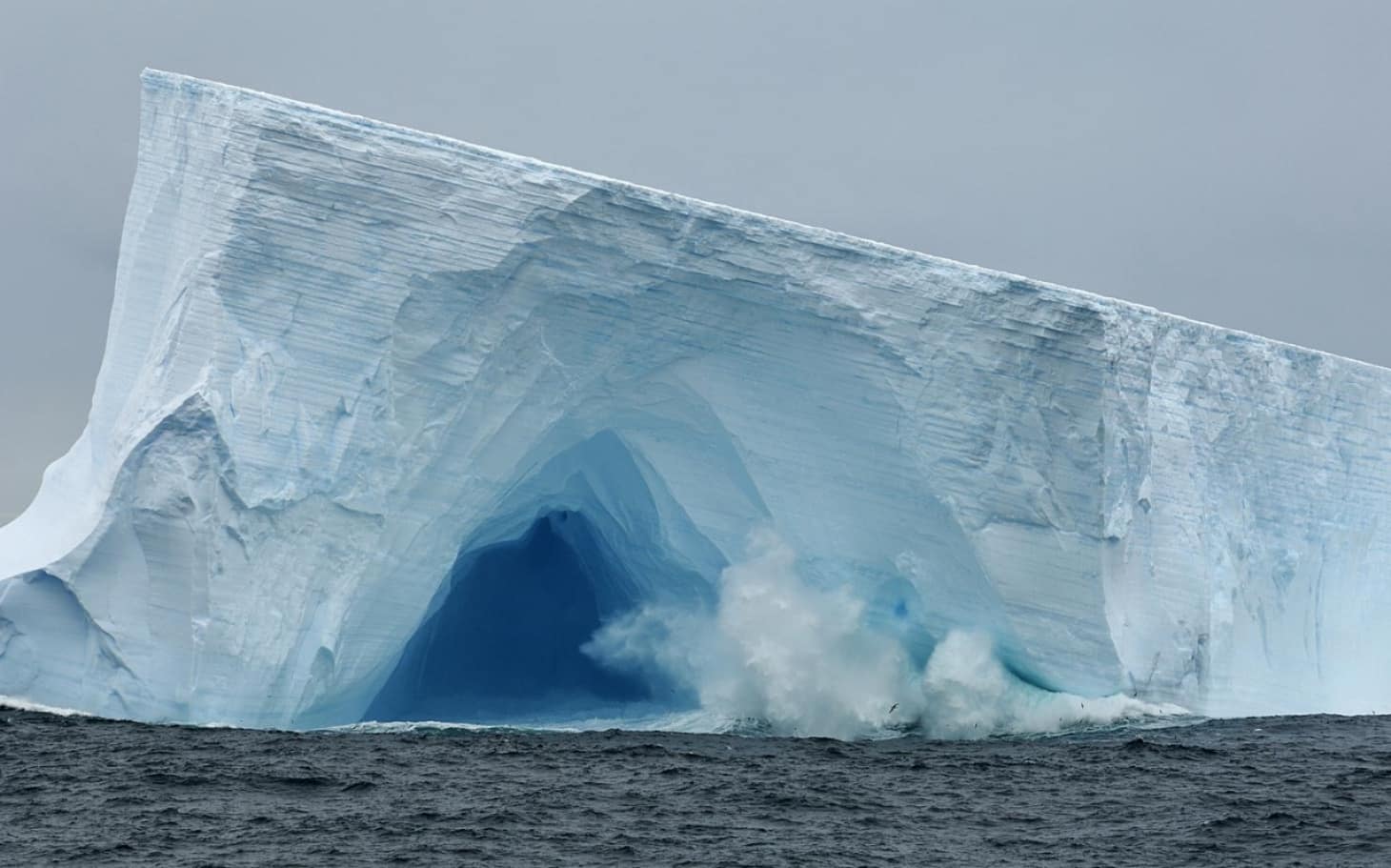
Scientists are saying that global warming increased the temperatures in the Antarctic peninsula by only 5 degrees in comparison with how cold it was back in the 1950s. Scientists went and announced that the temperature in that region will increase up to a maximum of 7 degrees by the end of the century. Therefore, global warming is not the one to blame here.
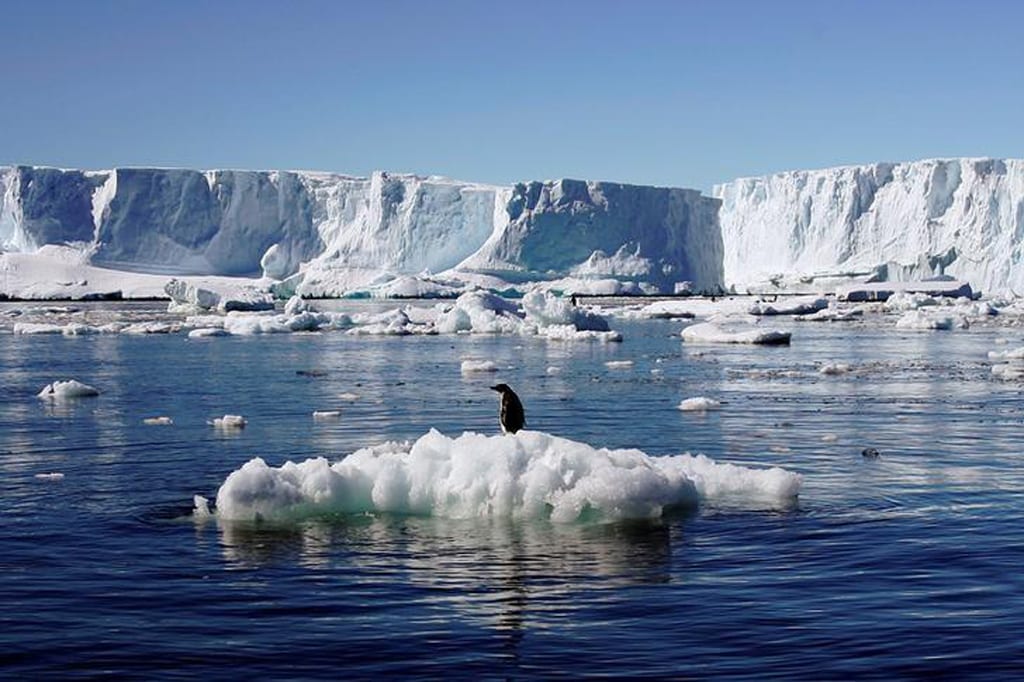
Even though people are shocked to see that a huge iceberg such as this can get calved so easily, they should know that this is not the first time that it happened. As I’ve already said, iceberg calving is a natural part of the cycle of life. Ice shelves get bigger and bigger until they can’t expand anymore and they break into smaller icebergs.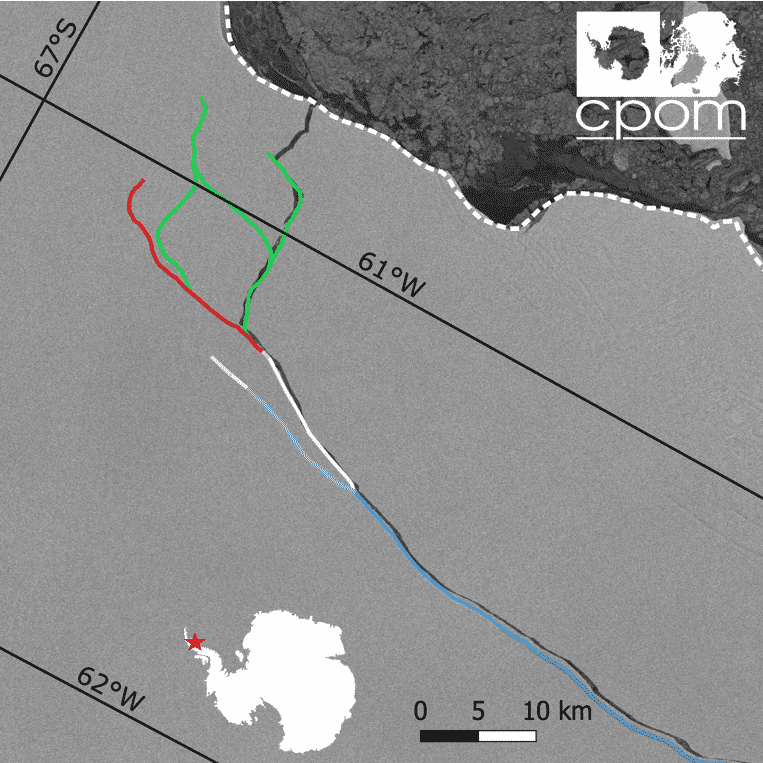
The reason why there’s no one live streaming this major event is because it is the winter season in the Antarctic peninsula and there’s a lack of sunshine into that region which makes it hard to film. The only way scientists could take high-resolution pictures of how the rift developed was through the use of a satellite.
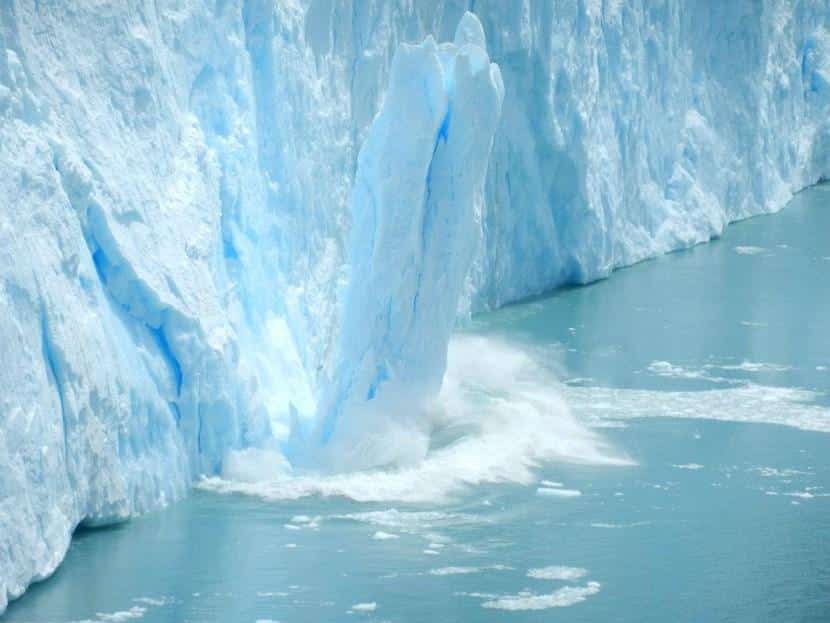
The European Space Agency Sentinel-1 is the only satellite that’s been able to provide scientists with valuable pictures and information. The reason why this is the only satellite capable of doing this is that it features a radar-imaging system which takes pictures even through clouds and polar darkness.
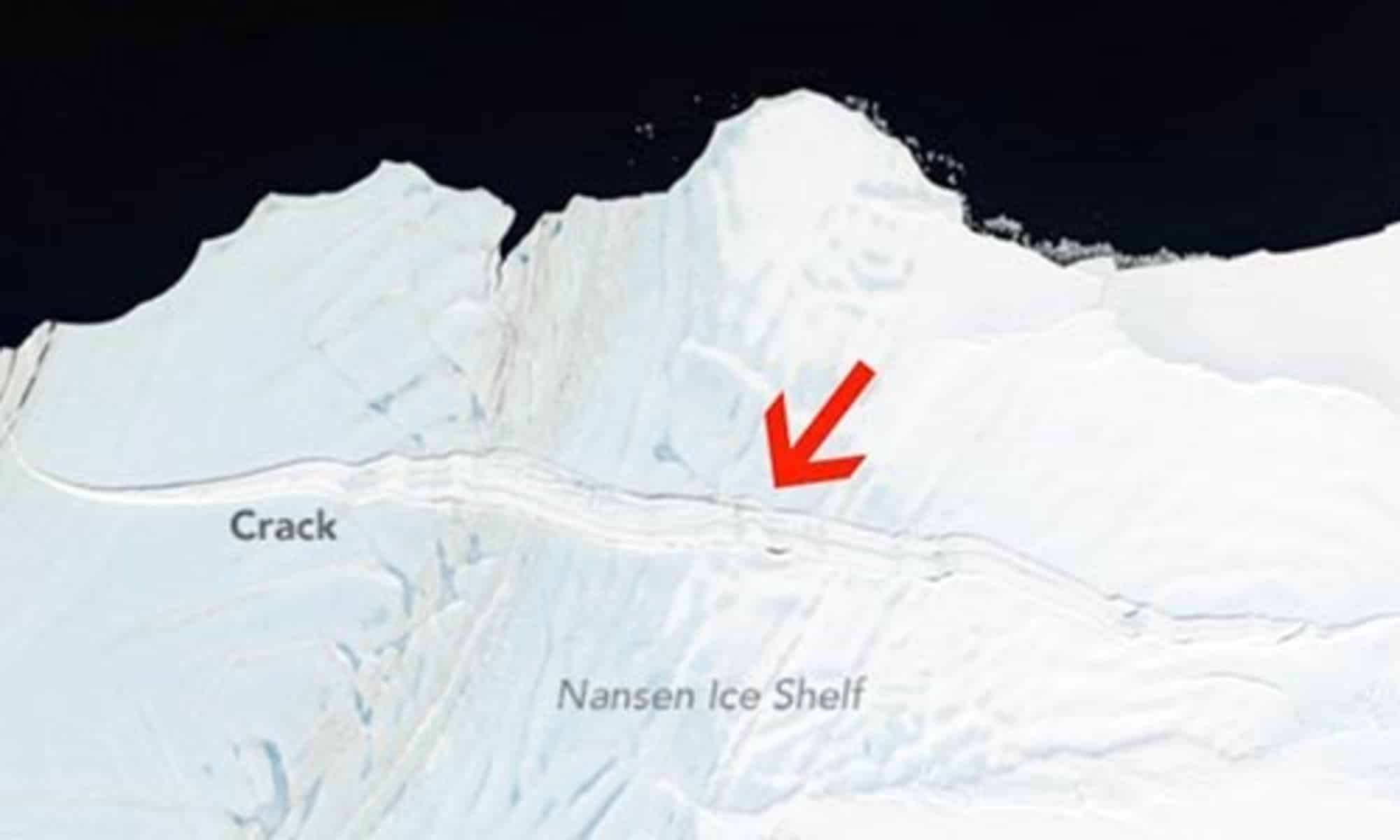
The way in which this amazing satellite manages to take radar pictures through polar darkness is by using microwave energy. I can be sure that there’s no TV company that owns this type of special satellite thus we won’t be able to see live streams on TV or any website.
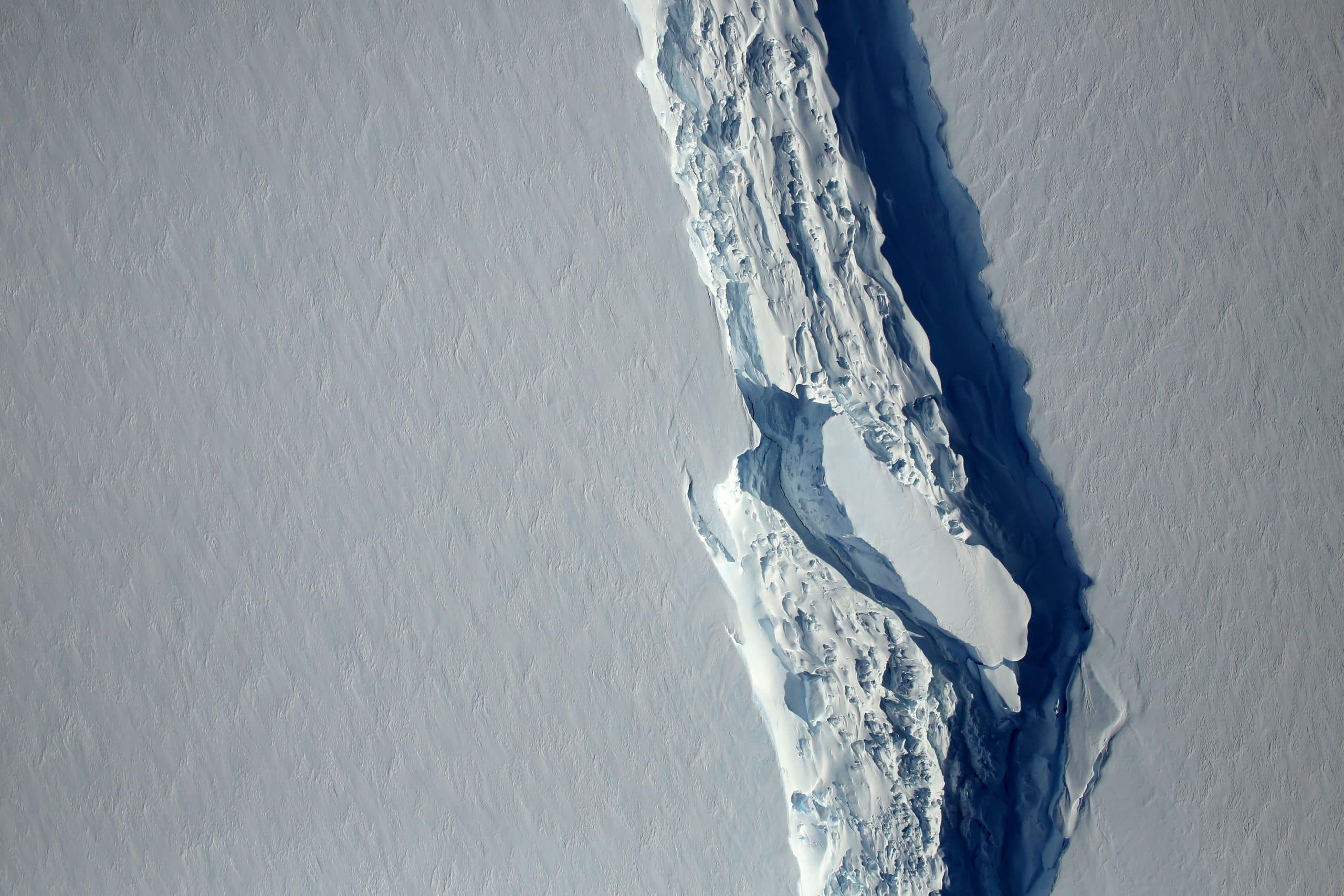
This is a major event and every news agency is reporting about it which is what led to this iceberg to receive a nickname, and that is “A68”. Considering how this is one of the top ten largest icebergs ever recorded, it is definitely worthy of a cooler nickname but this will do, especially since the largest iceberg ever recorded was dubbed as “B-15” which is also a dull nickname.
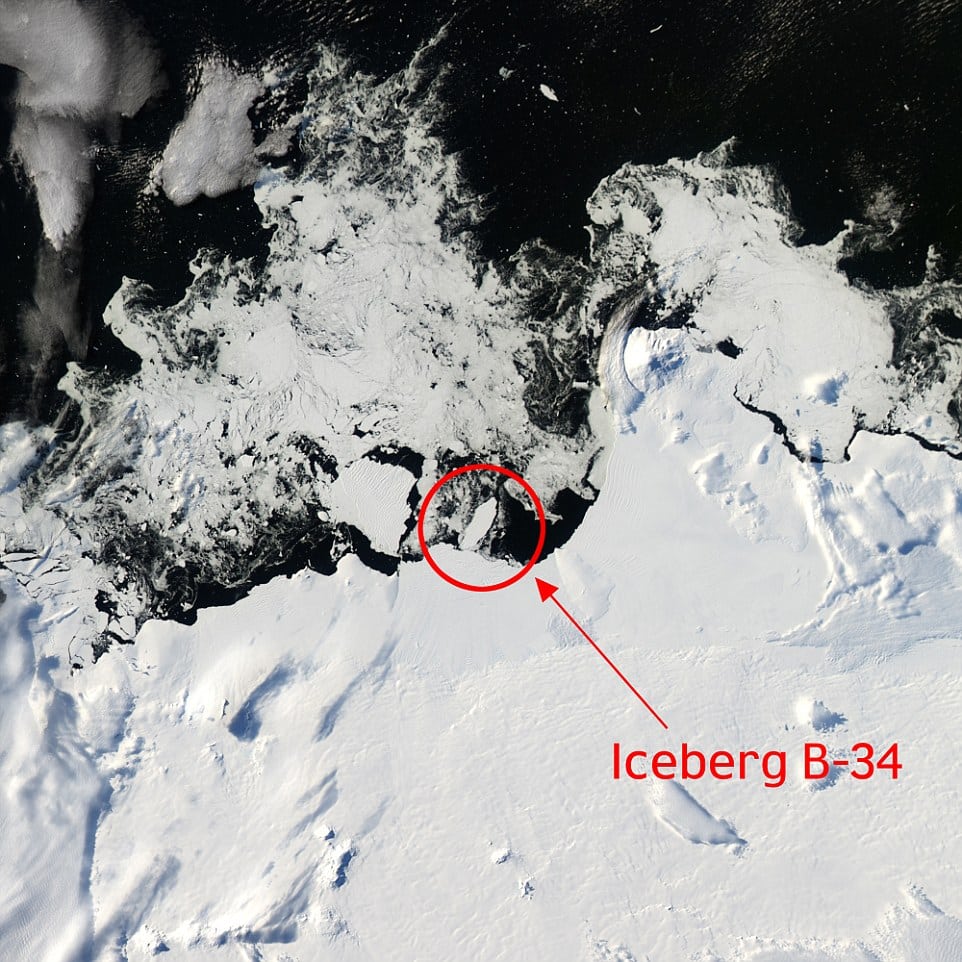
Another interesting fact that scientists have confirmed is that the initial crack was not so big in size but it started growing at alarming rates these past few days. For example, the crack grew by 17 km just during the time period between May 25th and May 31st. During the final days, the crack started growing at the rate of 10 meters per day.
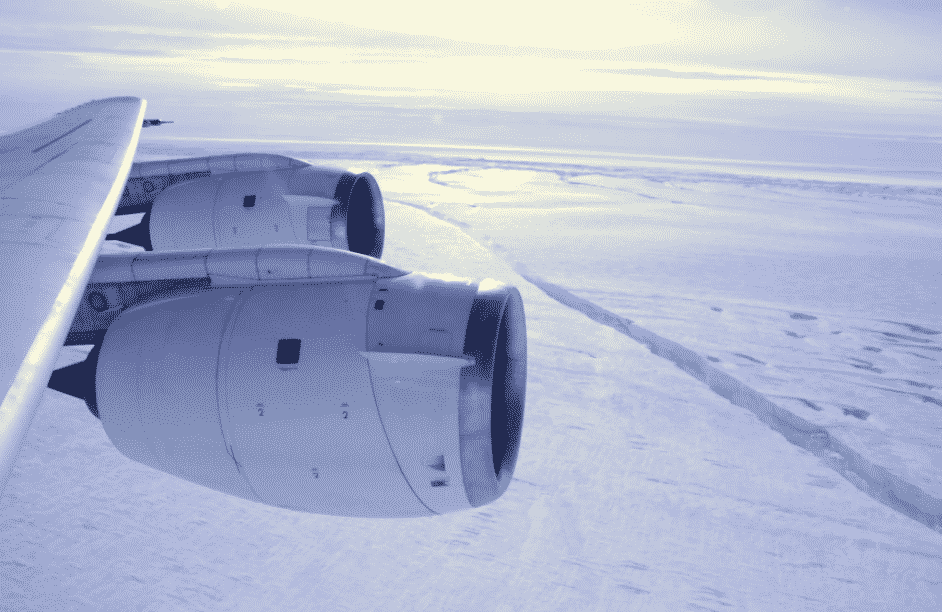
Even though there is one large crack that’s responsible for the iceberg’s calving, scientists are saying that there were a bunch of other smaller ones. This is what will probably cause the drifting iceberg to break into smaller pieces and melt during the upcoming years.
Fortunately, this event won’t have any impact on the sea level. Even though this huge iceberg weighs around a trillion ton, the ice is floating and it won’t raise the sea level at all. This is great news because if the iceberg just melted straight away then it would’ve had a major impact on every living being around The Antarctic.
All that’s left now is to wait and see if the ice shelf Larsen C will reform or break even more. From the looks of it, Larsen C is quite fragile and there’s a big chance it will never grow back to its initial size, at least this is what scientists are claiming but we will see in due time.